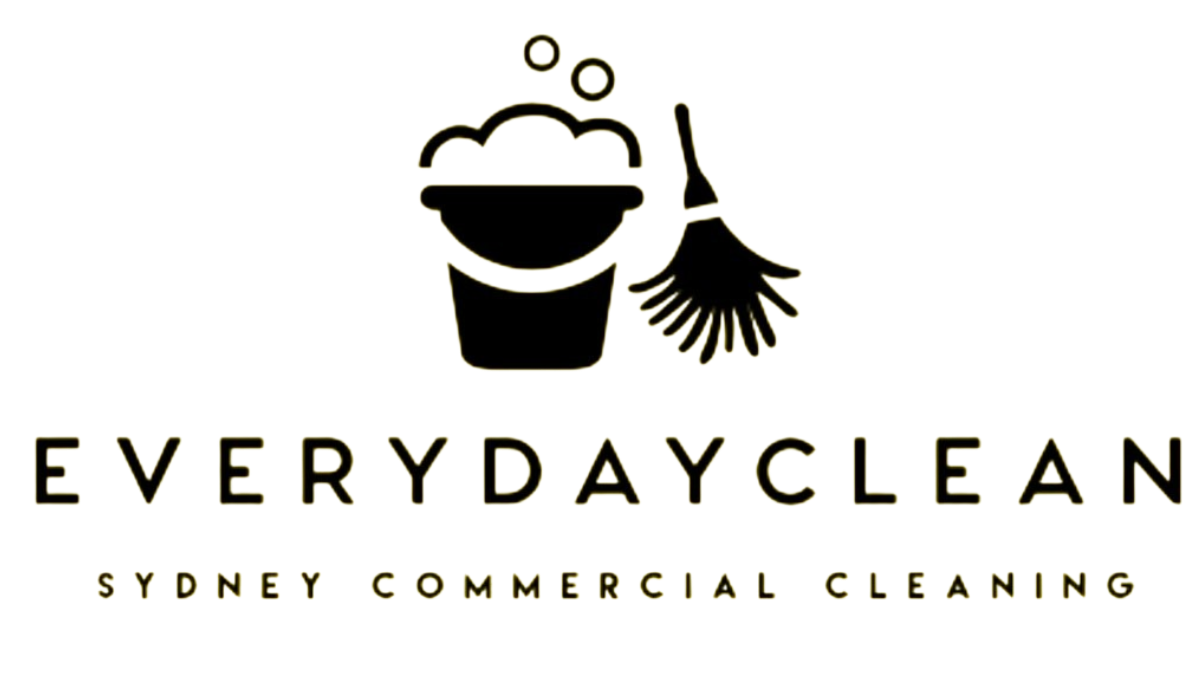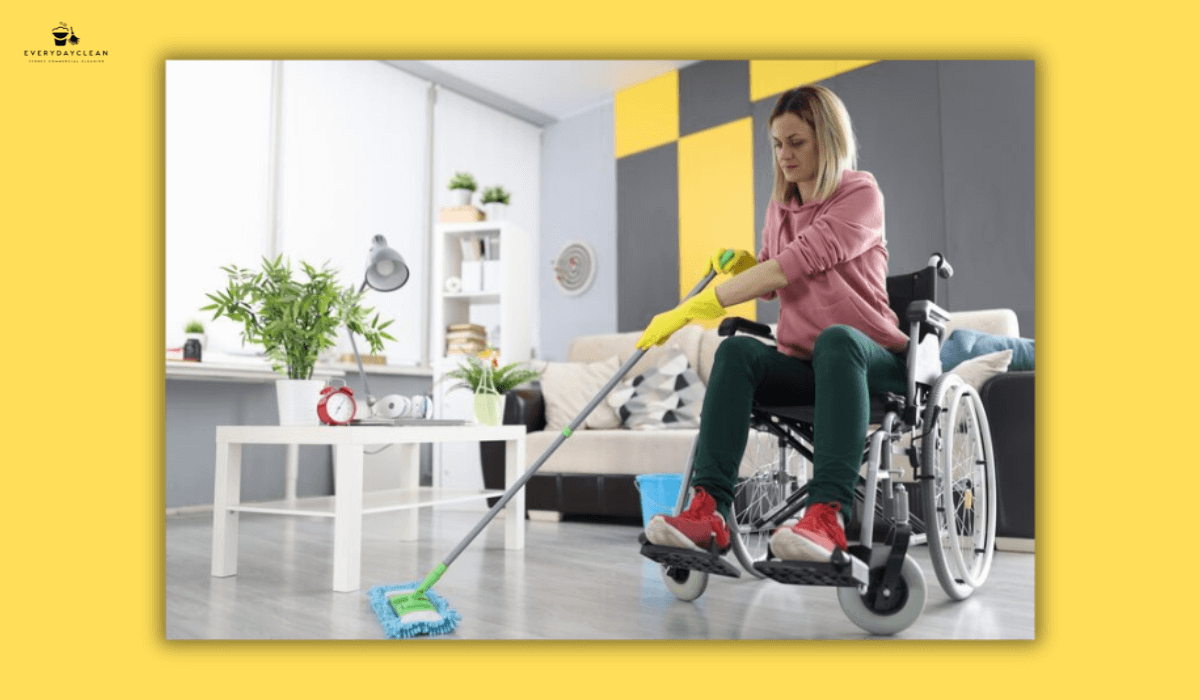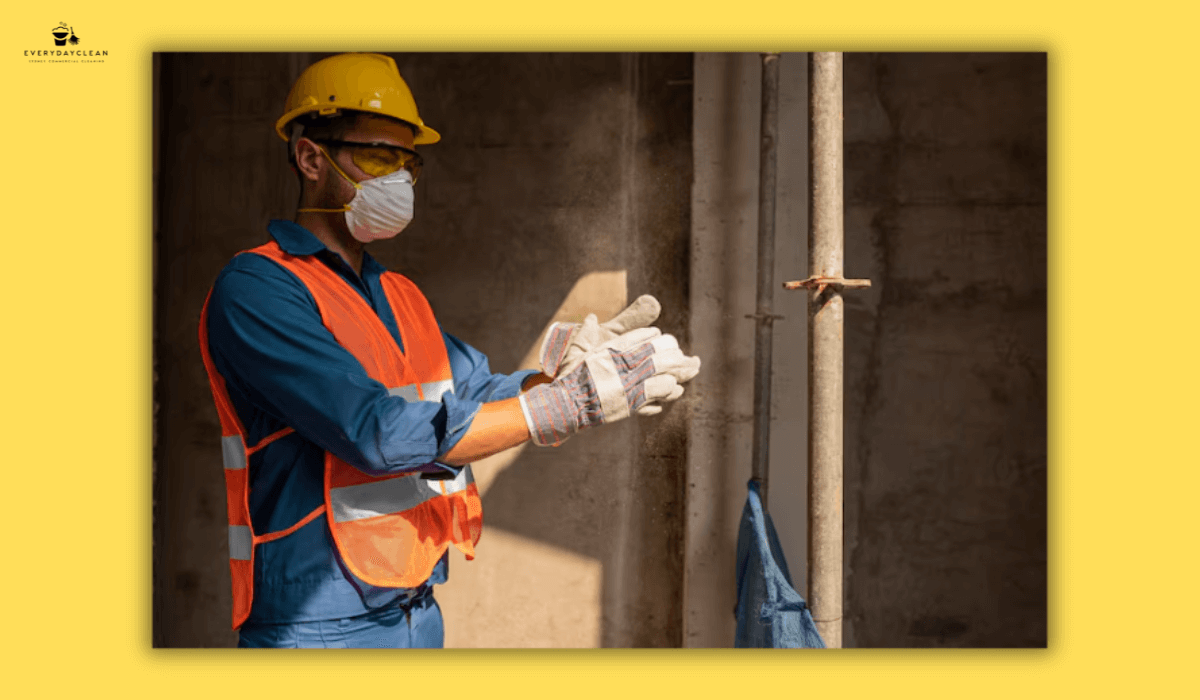What Do You Use to Clean Medical Equipment Safely?
To clean medical equipment effectively, professionals rely on a multi-step process involving neutral pH cleaning agents, hospital-grade disinfectants, and specialised sterilisation methods. These practices ensure tools remain free of residue, extend equipment longevity, and comply with industry cleaning standards. Whether handling diagnostic instruments or invasive surgical tools, understanding what to use—and when—is key to maintaining optimal cleanliness in commercial and clinical settings.
Why Medical Equipment Cleaning Requires Specialised Protocols
Cleaning medical instruments isn't just about removing visible dirt—it’s about maintaining performance, preventing residue buildup, and protecting sensitive surfaces. This section explains why standard surface cleaners aren’t suitable for medical environments.
- Cross-contamination prevention: Medical tools are often reused across departments or rooms and require dedicated cleaning steps to avoid residue transfer.
- Regulatory compliance: Cleaning protocols must meet commercial-grade facility cleaning requirements and follow structured processes.
- Preservation of delicate equipment: Many tools contain electronic components or coated surfaces that degrade with inappropriate chemicals.
- Operational reliability: Proper cleaning reduces malfunction risks due to buildup or corrosion.
Equipment Classification Determines the Cleaning Method
Not all medical devices are cleaned the same way. Each tool falls into one of three classifications—non-critical,
semi-critical, or
critical—and this determines how deeply it must be cleaned or sterilised.
| Equipment Class | Examples | Cleaning Level |
|---|---|---|
| Non-Critical | Beds, stethoscopes, BP cuffs | Low-level disinfection |
| Semi-Critical | Thermometers, endoscopes | High-level disinfection |
| Critical | Surgical tools, catheters | Sterilisation required |
Knowing the class of your device is the foundation of choosing the right cleaning agents, disinfectants, or sterilisation solutions.
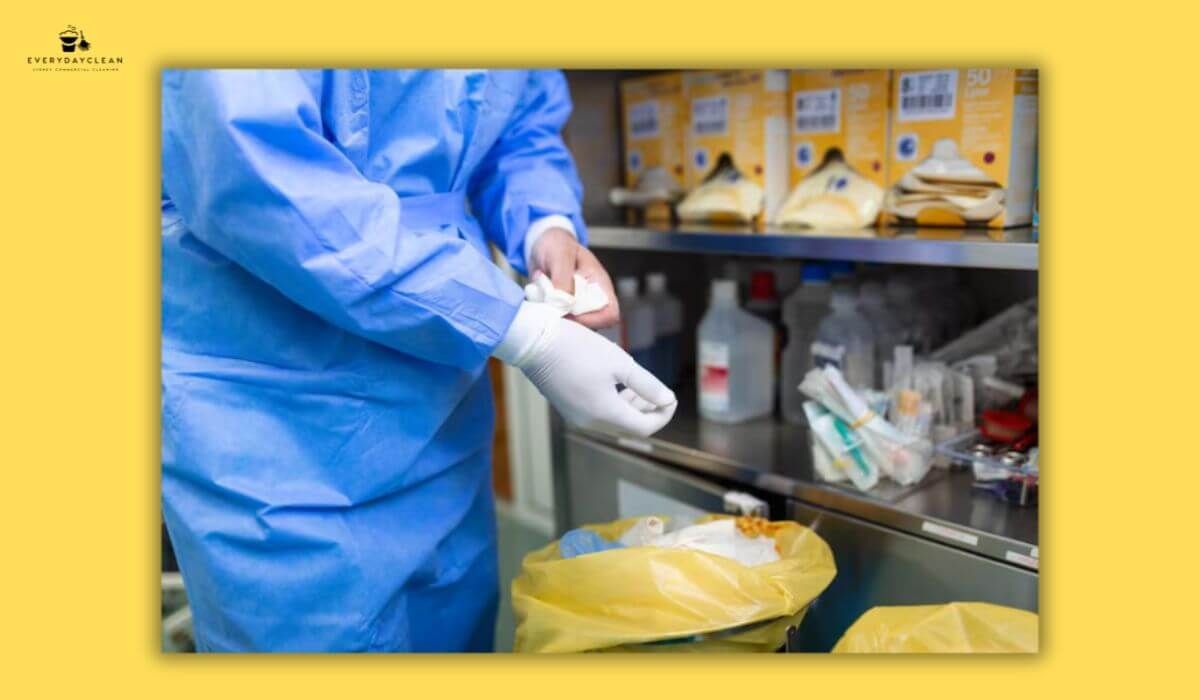
Hospital Grade Disinfectants and Their Use Cases
Once visible debris is removed, hospital-grade disinfectants are used to eliminate contaminants on non-critical and semi-critical surfaces. Choosing the right disinfectant ensures thorough cleaning without damaging the surface.
Common Types of Disinfectants
- Chlorine compounds – Highly effective against spores and viruses
- Quaternary ammonium compounds (Quats) – Surface-safe, broad-spectrum efficacy
- Hydrogen peroxide – Fast-acting, residue-free
- Alcohol-based sprays – Quick-drying for electronics and non-porous surfaces
Surfaces That Require Disinfection
- Hospital beds and rails
- IV poles and infusion pumps
- Diagnostic tools like blood pressure monitors
- Touchpoints such as keyboards, tablets, and medical carts
For specialized cleaning in clinical environments, Everyday Clean provides tailored solutions.
Cleaning Agents for Medical Tools: What to Use and Why
Before disinfection can be effective, tools must first be cleaned with approved agents to remove proteins, tissue, and residue. This ensures disinfectants can reach all surfaces without interference.
- Enzymatic detergents – Break down proteins and organic matter
- pH-neutral cleaning agents – Gentle on sensitive or coated instruments
- Foam-based sprays – Reach crevices and jointed areas
- Single-use wipes – Convenient for between-use surface refresh
These products are selected based on tool material and contamination type.
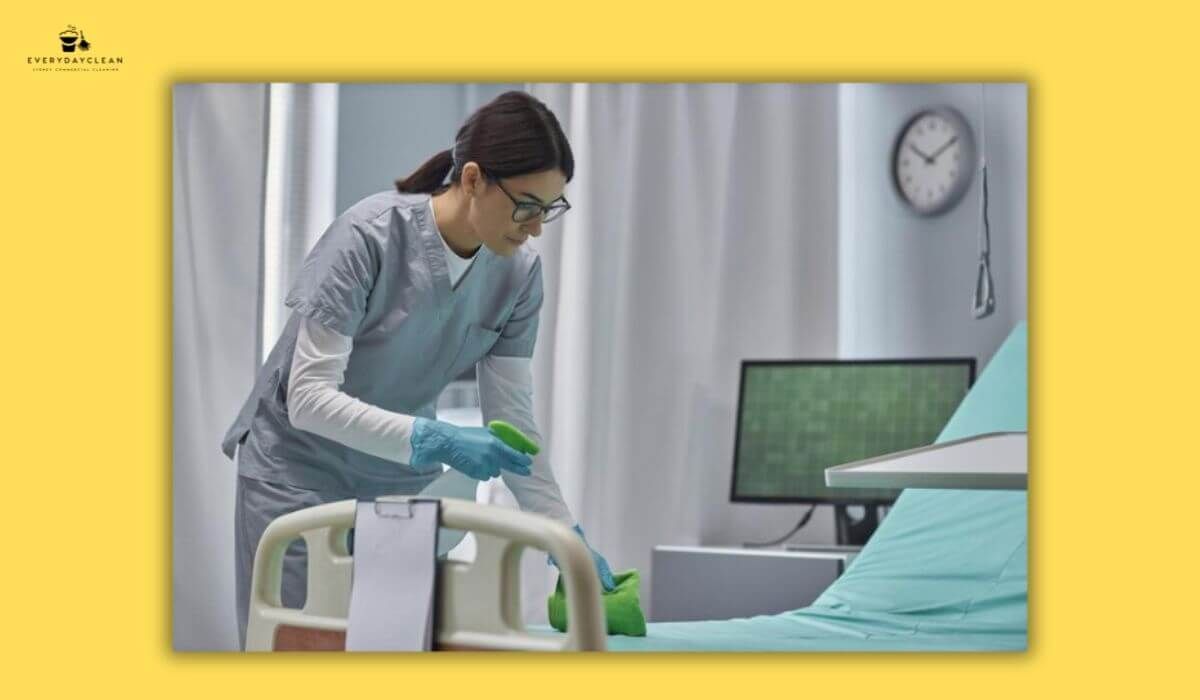
Sterilisation Solutions for Critical Medical Equipment
Tools classified as “critical” must be sterilised using methods tailored to their composition and sensitivity. This step eliminates all residual matter and prepares equipment for reuse.
Common Sterilisation Methods
- Autoclaving (Steam) – Ideal for surgical-grade metals
- Ethylene Oxide Gas (EtO) – Used for plastic or heat-sensitive components
- Hydrogen Peroxide Plasma/Vapour – Residue-free, low-temp option
- Dry Heat Sterilisation – Applied for powders, oils, or certain metal tools
Selection depends on the item’s material and how it’s used in facility operations.
Step-by-Step Cleaning Workflow for Medical Devices
A consistent cleaning process reduces margin for error. Below is a standard equipment cleaning workflow:
- Pre-clean: Wipe or rinse visible debris immediately after use.
- Manual cleaning: Use brushes and a cleaning agent tailored to the tool.
- Rinse: With filtered water or alcohol, depending on the material.
- Disinfect or sterilise: Based on classification and usage.
- Dry and store: Always dry completely before storage to prevent microbial growth.
Mistakes to Avoid When Cleaning Medical Tools
Many cleaning errors stem from rushing the process or using the wrong products. These common mistakes can compromise safety and result in costly damage.
- Using general-purpose (non-medical) cleaners
- Skipping the
pre-clean step
- Applying disinfectants to dirty tools (reduces effectiveness)
- Using
reusable cloths across multiple surfaces
- Not drying equipment fully before packaging or reuse
- Ignoring manufacturer instructions for specific models
Avoiding these mistakes is crucial for maintaining safe, compliant facilities.
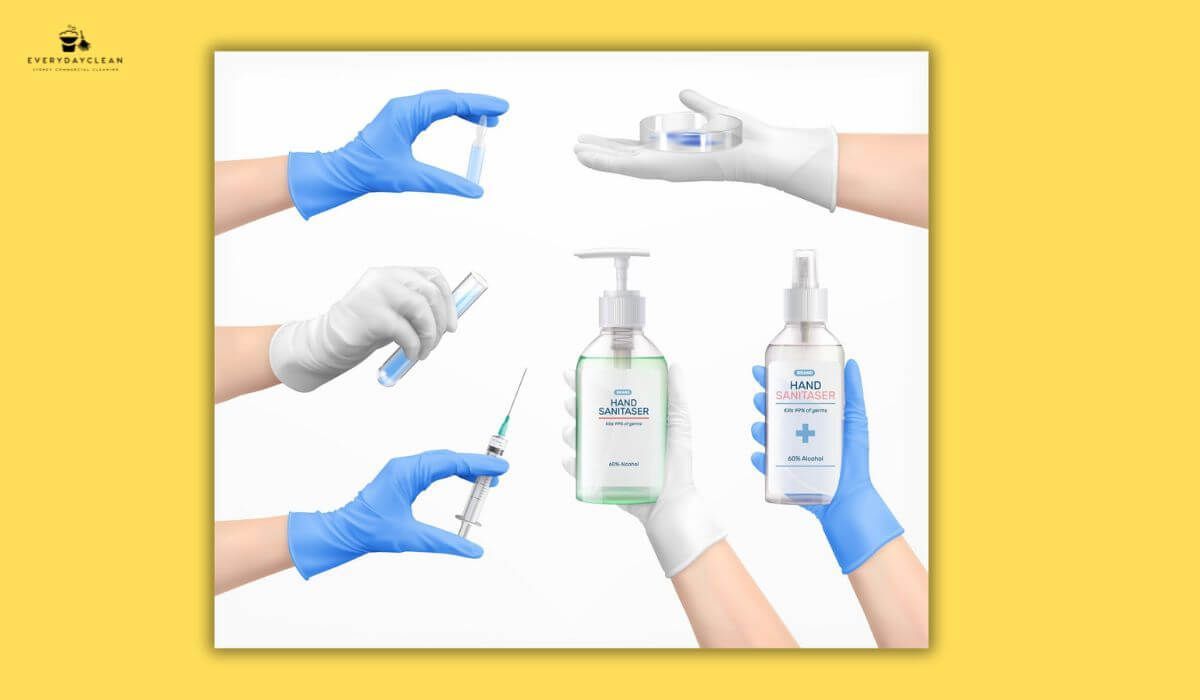
FAQs About Medical Equipment Cleaning
These FAQs address the key points you need to know about proper medical equipment cleaning.
1. What products are safe and effective for cleaning medical equipment?
Use EPA-registered disinfectants, enzymatic cleaners, or hospital-grade detergents. Choose based on the item’s material and risk classification.
2. What’s the difference between cleaning, disinfecting, and sterilising medical tools?
Cleaning removes dirt and debris.
Disinfecting kills most pathogens.
Sterilising eliminates all microbial life.
Each step is essential based on the tool's intended use.
3. Can I use alcohol wipes for all medical instruments?
No. While 70% isopropyl alcohol is safe for many surfaces, it’s not suitable for porous materials or tools requiring sterilisation.
4. How should surgical instruments be cleaned after use?
Pre-soak in an enzymatic solution, clean manually or with ultrasonic machines, then autoclave for sterilisation.
5. What are the best practices for cleaning endoscopes?
Pre-clean, manually wash, high-level disinfect, rinse, dry, and store—following AS/NZS 4187 guidelines.
6. Are there regulations around medical equipment cleaning in Australia?
Yes. AS/NZS 4187:2014 and NSQHS standards mandate cleaning, sterilisation, and documentation protocols.
7. Can commercial cleaning companies handle medical equipment cleaning?
Only if they’re trained in infection control, use TGA-compliant products, and follow all healthcare regulations.
Final Thoughts – Clean Equipment Saves Lives
Understanding what to use to clean medical equipment is essential for maintaining cleanliness, preserving tool condition, and meeting industry standards. From enzyme-based detergents to low-temperature sterilants, each product plays a distinct role in removing residue and ensuring equipment is properly maintained.
If your clinic or healthcare facility requires reliable cleaning support, trust EverydayClean. Our medical cleaning services follow best-practice protocols using approved solutions — delivering consistent, compliant results across all types of medical environments.
CTA – Trust EverydayClean for Medical Facility Cleaning in Sydney
If your clinic, lab, or healthcare facility requires professional-grade, TGA-compliant cleaning, partner with EverydayClean. Our team uses hospital-grade disinfectants, follows strict protocols, and brings peace of mind through proven hygiene standards.
👉 Get a tailored quote at
EverydayClean and discover why Sydney healthcare professionals trust us for medical-grade cleanliness.
Author’s Box
Author: Everyday Clean Content Team
Everyday Clean is Sydney’s trusted provider of commercial cleaning solutions, including pools, gyms, offices, and strata properties. Our licensed professionals use advanced, eco-friendly equipment to deliver safe, compliant, and spotless results. With deep experience across Sydney’s hospitality, fitness, and residential sectors, we help facilities maintain inviting, healthy environments that guests trust.
